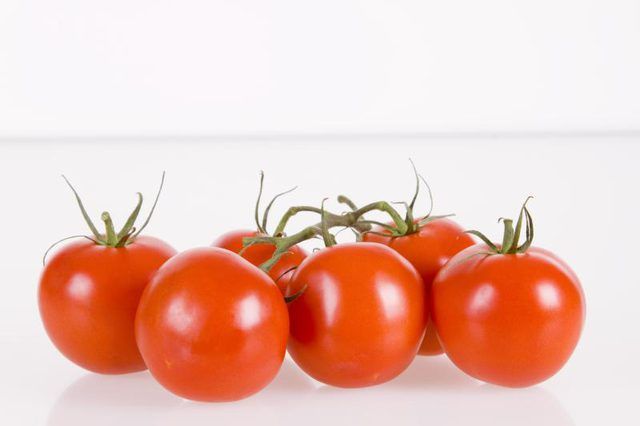Bulbs
Flower Basics
Flower Beds & Specialty Gardens
Flower Garden
Garden Furniture
Garden Gnomes
Garden Seeds
Garden Sheds
Garden Statues
Garden Tools & Supplies
Gardening Basics
Green & Organic
Groundcovers & Vines
Growing Annuals
Growing Basil
Growing Beans
Growing Berries
Growing Blueberries
Growing Cactus
Growing Corn
Growing Cotton
Growing Edibles
Growing Flowers
Growing Garlic
Growing Grapes
Growing Grass
Growing Herbs
Growing Jasmine
Growing Mint
Growing Mushrooms
Orchids
Growing Peanuts
Growing Perennials
Growing Plants
Growing Rosemary
Growing Roses
Growing Strawberries
Growing Sunflowers
Growing Thyme
Growing Tomatoes
Growing Tulips
Growing Vegetables
Herb Basics
Herb Garden
Indoor Growing
Landscaping Basics
Landscaping Patios
Landscaping Plants
Landscaping Shrubs
Landscaping Trees
Landscaping Walks & Pathways
Lawn Basics
Lawn Maintenance
Lawn Mowers
Lawn Ornaments
Lawn Planting
Lawn Tools
Outdoor Growing
Overall Landscape Planning
Pests, Weeds & Problems
Plant Basics
Rock Garden
Rose Garden
Shrubs
Soil
Specialty Gardens
Trees
Vegetable Garden
Yard Maintenance
Why the Tomato Is a Fruit
Why the Tomato Is a Fruit. Botanically speaking, the tomato (Lycopersicon esculentum) is a fruit. Legally, according to laws passed by the U.S. Congress, it is a vegetable. In the culinary world, it is most often treated as a vegetable because it is served as part of the main meal, rather than as dessert. It's an age-old argument, but scientific...
Botanically speaking, the tomato (Lycopersicon esculentum) is a fruit. Legally, according to laws passed by the U.S. Congress, it is a vegetable. In the culinary world, it is most often treated as a vegetable because it is served as part of the main meal, rather than as dessert. It's an age-old argument, but scientific facts do back up the botanical point of view.

According to the University of California at Davis, vegetables are edible leaves, stems, roots, tubers, bulbs and flowers. Common examples include lettuce, the leaves; celery, the stems; carrots, the roots; potatoes, the tubers; onions, the bulbs; and broccoli, the flowers. Peas and beans are considered vegetables, but they are really seeds growing in elongated ovaries called pods.
A fruit contains the seeds of a plant. It is the mature ovary, produced after a flower is pollinated. Looking at the botanical definition, a tomato is a fruit, as are peppers, eggplants and squash. In the culinary trade, these are all considered vegetables. Most agree that edibles produced by woody plants -- such as apples, oranges, melons and assorted berries -- are all fruits.
Tomatoes grow in U.S. Department of Agriculture plant hardiness zones 8 to 11. This annual prefers lots of sun and moist but well-drained soil. It grows in sandy, loamy and clay soils, and tolerates acidic, neutral and alkaline conditions. Tomato flowers have anthers and stamens, the male parts; they also have pistils, the female organs that contain the stigmas, styles and ovaries. The flowers are either pollinated by insects or self-pollinate. Once pollen lands on the stigma, the top of the pistil, it creates a pollen tube that carries the pollen sperm to the ovary in the bottom of the pistil. The flower petals wilt and die, and the fruit starts to form around the developing seeds. The fruit is an enticement to animals, encouraging them to eat the fruit and disperse the seeds.
Further clouding the fruit or vegetable debate about the tomato was the Nix vs. Hedden Supreme Court case of 1893. The Nix brothers sued for back taxes paid because the tomato was considered a fruit, which was taxed under then current law. Vegetables were exempt. After debating the scientific definitions as well as the opinion of the general population, Congress formally declared the tomato a vegetable, excluding it from import taxes. The deciding factor was that a tomato was served as part of the main meal, whether it was ripe or green, and therefore was a vegetable.